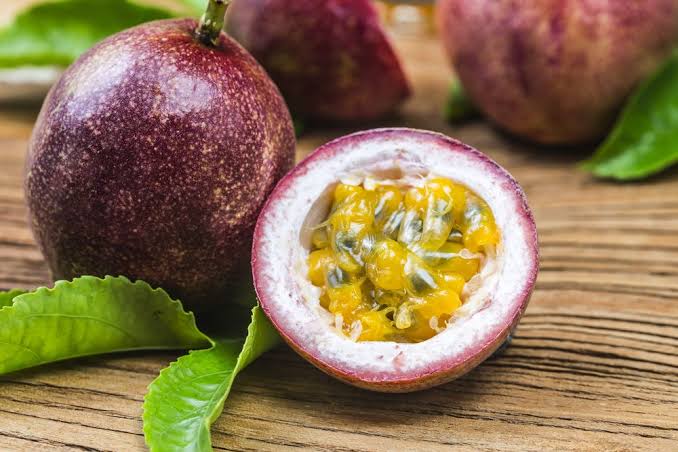Unlocking the Health Secrets of Passion Fruit
Passion fruit: Exotic, juicy, and bursting with nutrition. Rich in vitamins A & C, fiber, and essential minerals. A flavorful addition to any diet, promoting immunity, digestive health, and overall well-being.
Passionfruit, with its alluring flavor and exotic allure, has captured the hearts of gardeners and fruit enthusiasts alike passionfruit in Sydney. Cultivating these enchanting vines can be a deeply gratifying experience, but it demands careful attention to their unique requirements. In this comprehensive guide, we'll delve into everything you need to know to successfully grow and nurture passionfruit plants in the vibrant city of Sydney.

General Information
- Common Names: Passionfruit, passion fruit
- Scientific Name: Passiflora edulis
- Family: Passifloraceae
- Origin: Native to South America
- Types: There are two main types: Purple Passionfruit (Passiflora edulis) and Yellow Passionfruit (Passiflora edulis f. flavicarpa).
Description
- Growth Habit: Woody, perennial climbing vine with tendrils.
- Leaves: Evergreen, three-lobed, and glossy green.
- Flowers: Large, white, and purple with a unique structure; highly attractive to pollinators.
- Fruit: Round or oval, with a tough outer rind. The inside is filled with juicy, aromatic pulp and numerous small seeds. The pulp can be yellow, orange, or purple, depending on the variety.
Understanding Passionfruit Needs :
Passionfruit plants have average water needs, requiring watering when the top 3 cm of soil has dried out. Consistent watering is crucial, especially during the growing season, to maintain healthy growth. Passionfruit thrives in moist soil, needing about an inch (2.5 cm) of water per week. However, it's essential to avoid waterlogging, as this can lead to root rot.
Fertilization is key to promoting vigorous development in passionfruit plants. Fertilize once a month during the growing season to provide essential nutrients. Organic fertilizers like manure or compost are excellent nutrient sources, enriching the soil and supporting healthy growth.
Passion Fruit Benefits:
Passion fruit isn't just a delightful tropical treat; it's a powerhouse of nutrition packed into its vibrant, juicy pulp. Here's a glimpse of the myriad benefits you can reap from indulging in this exotic fruit:
-
Vitamin C: Loaded with this potent antioxidant, passion fruit contributes significantly to your overall health. Vitamin C plays a crucial role in various bodily functions, including the synthesis of blood vessels, cartilage, muscles, and collagen. Additionally, it aids in wound healing, reduces inflammation, and fortifies your cells against oxidative damage. By ensuring an ample intake of vitamin C, you can bolster your immune system, ward off colds, and even lower the risk of certain cancers.
-
Vitamin A: Within passion fruit's luscious pulp and crunchy seeds lies a valuable source of vitamin A, providing 8% of your daily requirement. Vitamin A is indispensable for maintaining healthy eyesight, supporting cellular growth and differentiation, and bolstering immunity against infections.
-
Fiber: A treasure trove of fiber, passion fruit promotes optimal digestive health and satiety. By keeping your bowels regular and enhancing the feeling of fullness, fiber aids in weight management and reduces the risk of various chronic conditions, including diabetes, heart disease, and certain cancers. Furthermore, it plays a pivotal role in lowering cholesterol levels, thus safeguarding cardiovascular health.
-
Other Essential Nutrients: In addition to its star vitamins, passion fruit boasts an array of essential minerals, including calcium, magnesium, phosphorus, potassium, and folate. These nutrients play vital roles in maintaining the health and functionality of vital organs such as the kidneys, nerves, muscles, and heart.
Incorporating passion fruit into your diet not only adds a burst of tropical flavor but also provides a plethora of health benefits, making it a delightful and nutritious addition to your culinary repertoire.
